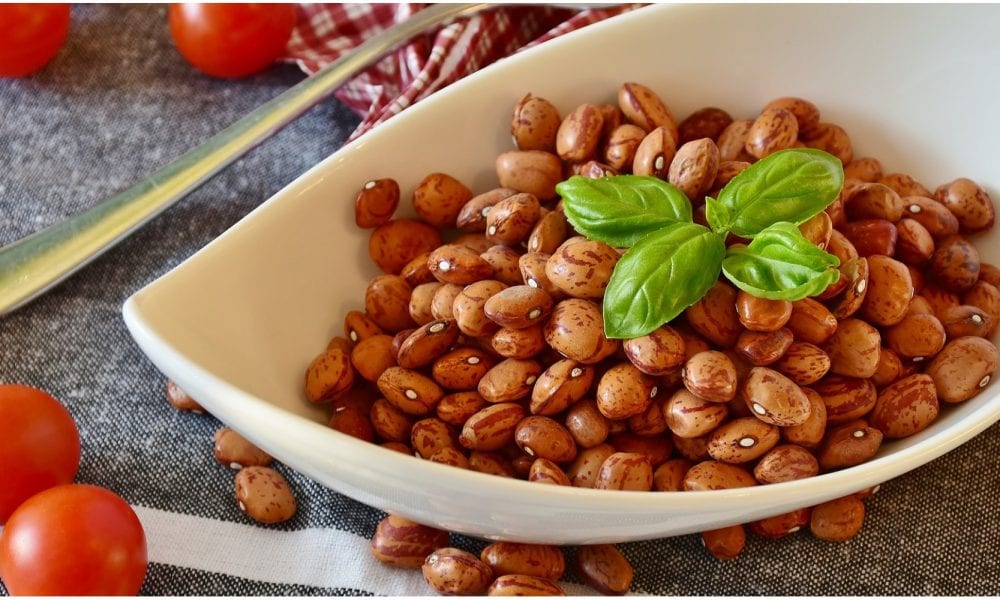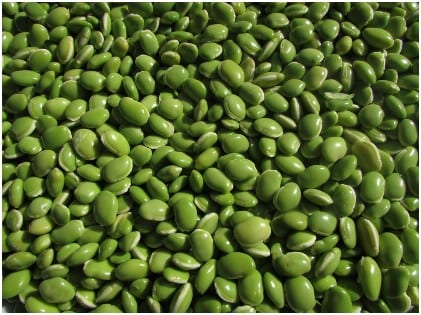
Are Legumes Good Or Bad For Your Health?

Strange as it may sound, but legumes in ‘certain circles’ are considered controversial. For example, plenty of people keep legumes out of their diet, but others too feel legumes are absolute staples in their diets. This, however, tends to vary from culture to culture. Before we decide on how good or bad legumes are really, it’s worth knowing that the legume family consists of plants that have pods with seeds in them.
It is the seeds of the plants that we term as ‘legumes.’ Daily edibles in legumes include peas, chickpeas, lentils, beans, soybeans, and peanuts, to name a few. Most of these differ in terms of appearances, tastes, utilities, and also nutritional benefits. Here are some common advantages and disadvantages that you must know about, about consuming legumes.
Legume Is A Good Source Of Proteins And Fibres

A nutritional profile that no other food item can match up to, legumes are replete with healthy fibers and proteins. If you take 1 cup (198 grams) of cooked lentils, you consume 16 grams of fibers, 40 grams of carbohydrates, 18 grams of proteins, 37% of iron of the daily value, 90% of folate in DV, magnesium is around 17% and potassium 16%.
About 10% of the daily dietary value of Vitamins B1, B3, B5, and B6 are taken, as much as zinc, copper, phosphorus, and manganese. Calories would be roughly around 230. Among plant-based proteins, legumes rank at the top. After all, they’re nutritious and also don’t pinch the pocket much! Let’s not forget that most developing nations are increasingly dependent on these food items.
And Those Are Healthy Fibres
 Healthy fibers mean soluble fibers and resistant starch, and legumes score high in both. They stay undigested and pass through the stomach and the small intestine till they reach the colon and feed on the gut bacteria. On the other hand, the ill effects constitute bloating and gas, but thankfully they form short-chain fatty acids (SCFAs) like butyrate, known to promote colon health and minimize chances of colon cancer.
Healthy fibers mean soluble fibers and resistant starch, and legumes score high in both. They stay undigested and pass through the stomach and the small intestine till they reach the colon and feed on the gut bacteria. On the other hand, the ill effects constitute bloating and gas, but thankfully they form short-chain fatty acids (SCFAs) like butyrate, known to promote colon health and minimize chances of colon cancer.
Also, they are good at moderating blood sugar levels after each meal, which means several notches improve insulin sensitivity. What’s even better is that legumes would also help you obtain a fuller feeling.
It’s Replete With Few Anti-Nutrients
While legumes offer a host of benefits, as we have seen, the nutritional quality can suffer due to few compounds. Never consume legumes in their raw forms, for they would intrude with the digestive systems and cause obstacles in the absorption of other nutrients. For example, lectins resist digestion and can affect the cells lined up along the intestinal tract. Since lectins produce up to 10% of legume protein content, the consumption should be fixed. The presence of “phytohemagglutinin” in kidney beans has toxic effects if not checked. Though inedible ones, the amount is still proper not to cause any symptoms. Try and soak legumes overnight and then boil them for no less than 10-15 minutes to degrade the quality of the lectins and then cook properly.

In legumes or other high-phytate foods are “dietary staples” among people, mineral deficiencies are often rising. Then there’s ‘phytate’ or phytic acid, an antioxidant available in edible plant seeds. The presence of this acid causes impairment in the absorption capacity of zinc, iron, and calcium from the same meal itself. But this is found to be relevant only when you do not adequately consume meat.
Those who eat meals regularly need not be worried about developing risks of these deficiencies. Instead, over-dependence on high-phytate foods regularly can create severe anomalies. Alternatively, you can try soaking, sprouting, or fermentation, all of which have reduced the phytic acid content in legumes.
There Are Other Benefits Too
If you check the randomized controlled trials, they suggest how regularly eating plant foods can reduce the chances of triglycerides and blood pressure. As a result, heart diseases are better controlled. You will also realize that weight loss is also because legumes impart a “feeling full” effect with time.
Remember that each individual is different from the other. So, no diet plan works the same for two different individuals. This means, before adding legumes to your daily diet, do not forget to consult a nutritionist. A licensed nutritionist can recommend the best diet plan. They will also guide you with the right quantities of legumes you should include in your food to meet your bodily needs.
More in Diet
-
`
Dwayne Johnson Shocks Fans With Dramatic Weight Loss Transformation
Dwayne “The Rock” Johnson stunned the crowd at the 2025 Venice Film Festival with a slimmer look that set social media...
September 20, 2025 -
`
Dwayne ‘The Rock’ Johnson Stuns Fans With Slimmed-Down MMA Fighter Look
Dwayne ‘The Rock’ Johnson isn’t just flexing muscles anymore. In “The Smashing Machine,” Dwayne Johnson strips down the bulk, sheds his...
September 13, 2025 -
`
Here’s How Fat-Blocking Green Tea Microbeads May Aid Weight Loss
Scientists are exploring an innovative way to reduce fat absorption in the body—tiny edible beads made with green tea, vitamin E,...
September 12, 2025 -
`
Why the Heart Is Slightly to the Left and Not Perfectly Centered
The heart is one of the most vital organs in the body, yet its placement often raises questions. Many assume it...
August 16, 2025 -
`
Ozzy Osbourne’s Most Shocking and Beloved Pop Culture Moments
Few figures in rock history have carved out a legacy as vivid and unpredictable as Ozzy Osbourne. Beyond his groundbreaking work...
August 10, 2025 -
`
Are Mono Diets Worth It – or Just a Dangerous Trend?
As summer brings on the pressure to slim down fast, the internet lights up with diet trends promising instant results. One...
August 3, 2025 -
`
Why Motivation Is Essential for Sustainable Fitness Success
Motivation isn’t something that shows up when it’s convenient—it’s something that needs to be built, shaped, and sustained. Many people struggling...
July 27, 2025 -
`
The Mystery of Human Body Parts That Science Still Can’t Solve
The human body is a patchwork of evolutionary choices, quirks, and mysteries. From skeletal structure to the tiniest gland, everything tells...
July 18, 2025 -
`
Why a Mediterranean Diet and Exercise Slow Bone Loss in Seniors
Bone health isn’t just a concern for the elderly—it’s something that starts to matter the moment the body begins to lose...
July 12, 2025










You must be logged in to post a comment Login